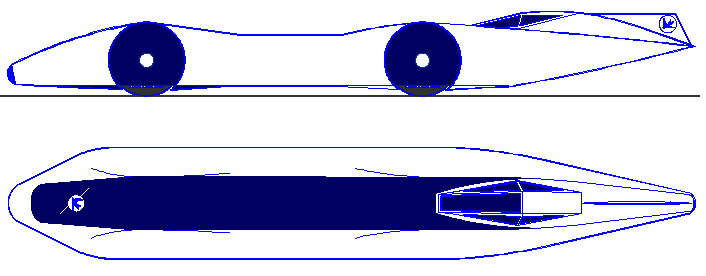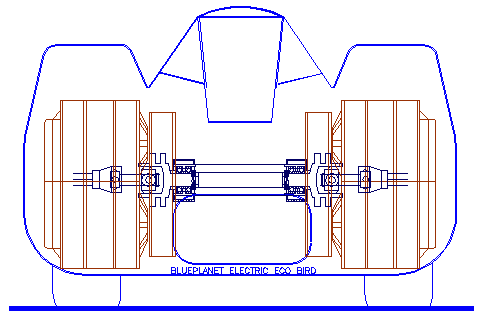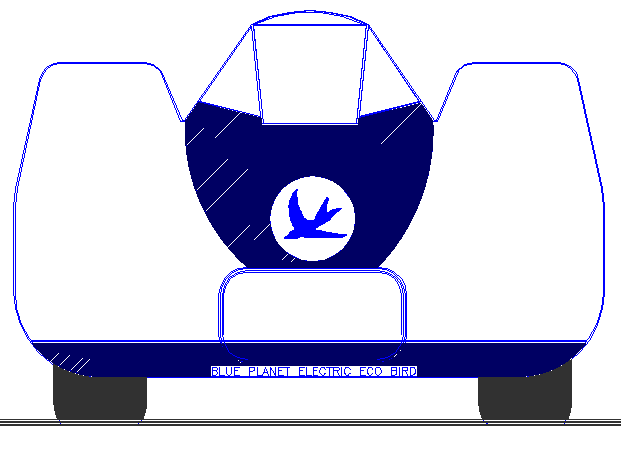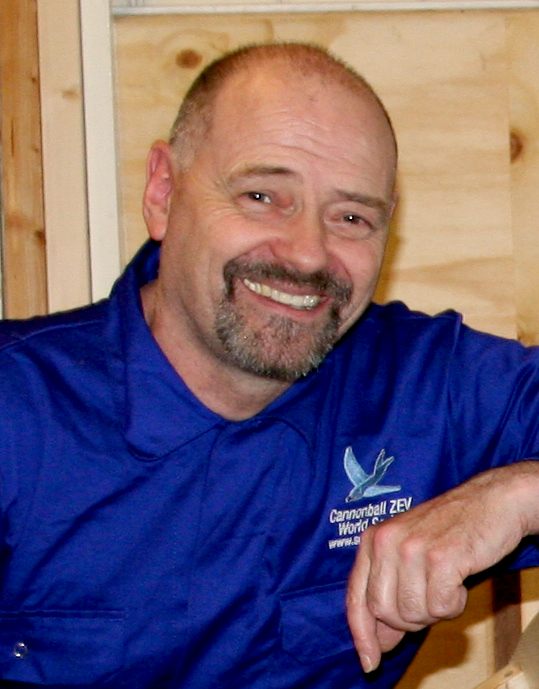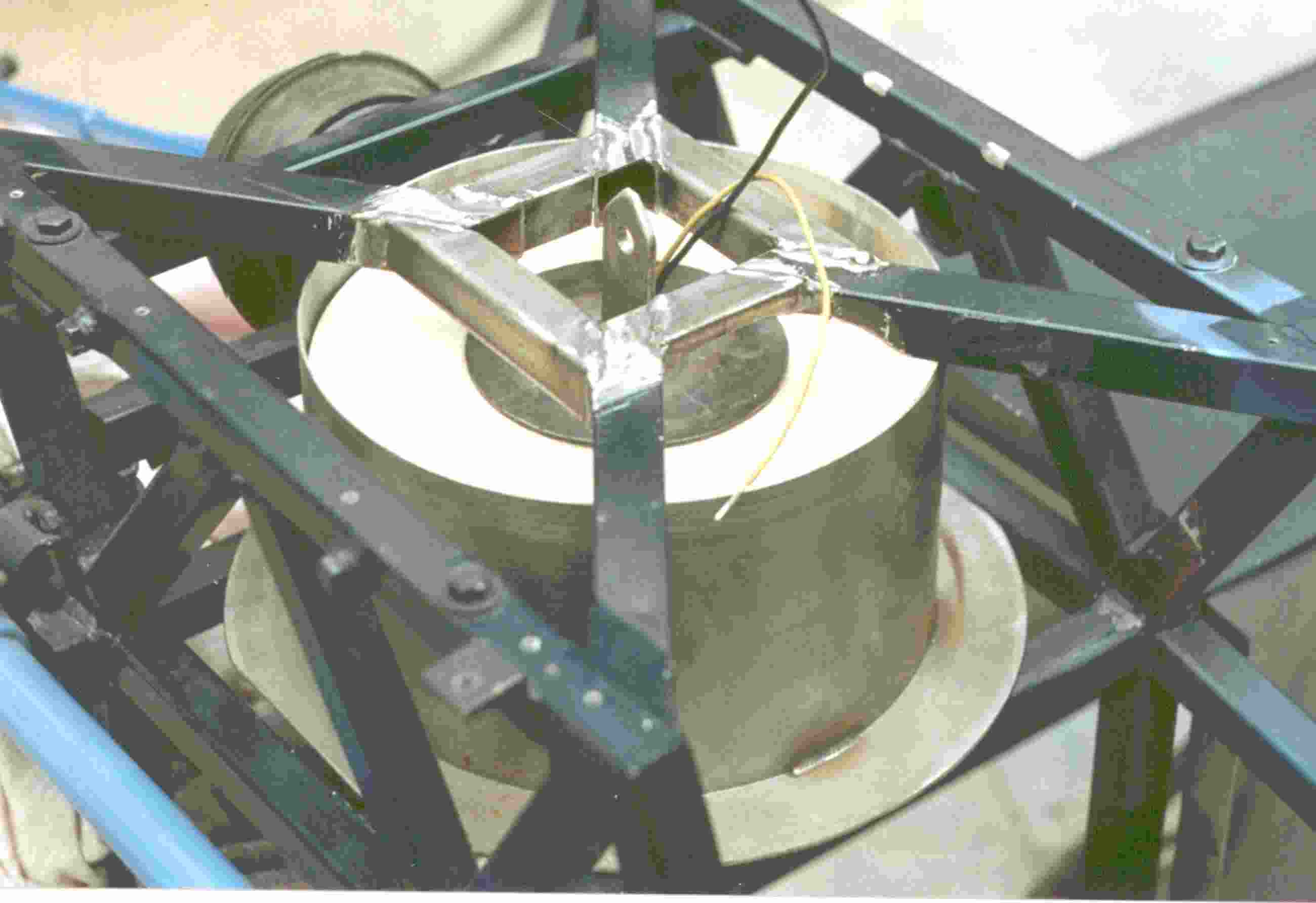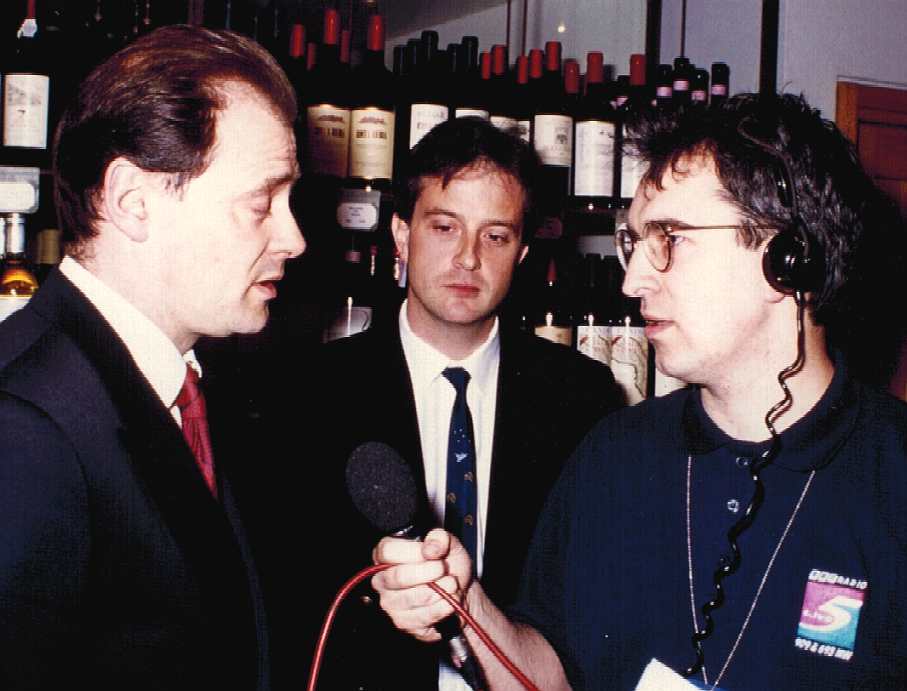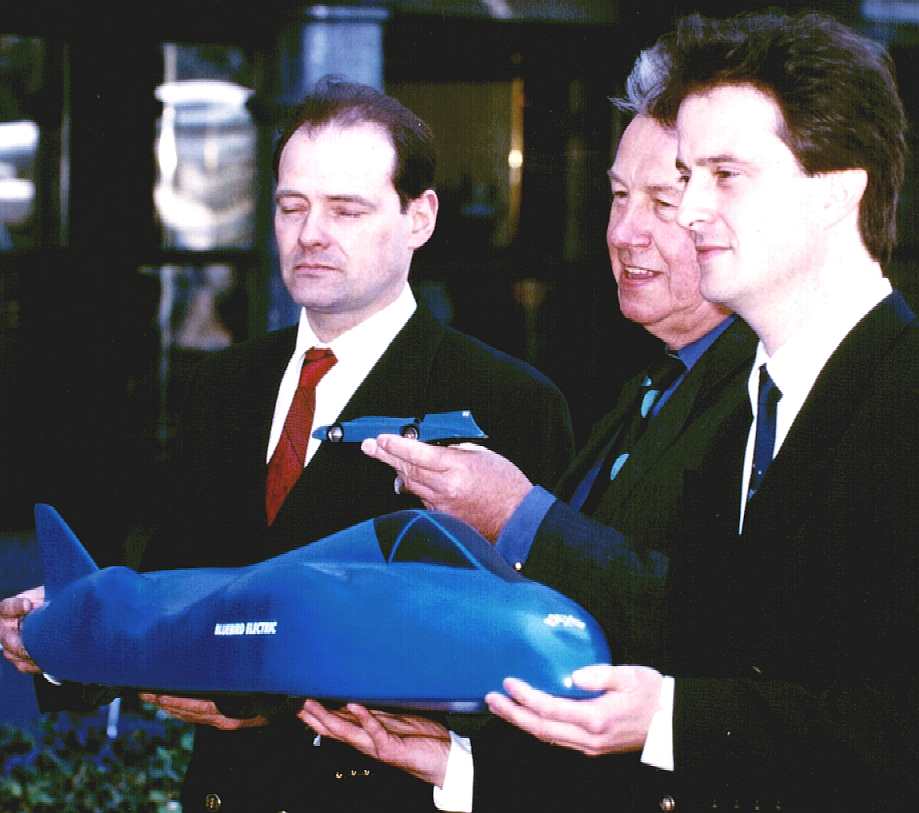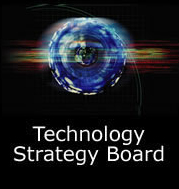|
BLUEPLANET
BE3
|
|
|
Blueplanet BE3 - classic side and plan elevations - this beautiful car was inspired by Reid Railton
Electric cars are finally here to stay thanks to the enthusiasm of millions of devotees over the past three decades in particular. In 1991 a UK patent was filed that would change the way people think about transferring energy to EVs. That specification is due to be upgraded to cater for the ultra high speed refueling of Formula E cars for the 2015 championship series. For 2014 BMS Ltd are filing an improvement patent that holds the prospect of change for EV's in the coming decade.
The Blueplanet BE3 is a concept that has and will continue to inspire development of EVs the world over, which began with the BE1, the first car in the world to incorporate instant refueling via inbuilt battery cartridge exchange. That innovation reduced the theoretical mass of an electric land speed record car by 33%, though, not many contenders running ELSR cars took advantage, where the territory was so new, it was not necessary to refine the art, just slam in bigger motors and more batteries. Formula E looks set to change all that, where the competition will be needle point and instant charging is now in the 10-30 second range thanks to the improved patent Bluebird™ cartridge system - with free licenses to all Formula E teams for the 2015 season.
Bluebird Marine Systems Ltd in association with Max Energy Ltd
THE BLUE BIRDS OF HAPPINESS
Max Energy Limited (MEL) is proud to have acquired the rights to this extremely worthwhile electric land speed record project. The acquisition includes all the pre-existing intellectual property, showing rights of cars now belonging to Solar Cola Ltd, and trademark licences from Bluebird Marine Systems Ltd, which includes the flying blue bird logo featured on this page, the name Blueplanet and the name Bluebird in connection with recharging systems, batteries, motor parts and panels. In other words all that is needed to field this car with full IP protection.
This is not just an attempt to go faster. This car incorporates the innovative range extender which is the future for electric vehicles - and the attempt is solar powered. Yes, that's right, this high performance racing car is powered by energy from nature. How many 300 mph plus streamliners can claim that?
MEL are be looking for a racing driver to pilot this revolutionary car into the record books with an attempt on the British land speed record planned for 2016, which could be at Pendine Sands. The Blueplanet design team hope to break the 250mph barrier in the UK with the Ecostar's patent revolutionary battery cartridge replacement technology, then go on to the USA to attempt to break the 350mph barrier.
The Blueplanet BE3 team have secured guest guidance from one of the most imaginative prototype car builders in the UK.
PROJECT BACKGROUND
It all began with a patent application for a 170 mph V6 petrol engined joystick car, which took the best part of 6 years to hand build. Soon after that Sussex (UK) based eco-innovator Nelson Kruschandl filed his second patent. The well known local inventor wanted to build an electric car that had a respectable range. The only way he could think of to achieve this, was to fit new batteries as quickly as possible, when the old ones were drained.
Typically, the designer wanted his car to be as self-supporting as possible. Thus, the car had to have an integral mechanism to change batteries, and logically, the batteries would have to be one large cartridge. He designed and tested a fast pneumatic loading system based on two cylinders, one at each end of the vehicle. Later cars featured the same cartridge, but a flat electrically powered servo at each end of the vehicle. This system was successfully fitted into a road car, with cartridge exchange speeds of around two minutes - faster than filling up with petrol (later reduced to around 60 seconds with an increase is voltage to the load motors).
So that is the concept we are building on for the latest 'Blueplanet BE3' electric world speed record challenger; a further development of two original LSR concept racing cars from 1993/5 and 1996/7 featuring battery cartridge exchange as a means of refueling the car after each flying mile run: the BE1 and BE2. The inventor was granted a patent for his original system and kept his improvements a secret, now passed to us to be able to apply for additional patent protection should funds be secured for this valuable social research. The BE2 is arguably the most beautiful land speed record car to date, which MEL hope to surpass with the BE3's new curves.
The Blueplanet BE3 is the only electric LSR vehicle (currently) to feature built in battery cartridge refueling. Max Energy believes that the Blueplanet BE3 LSR has all the ingredients to set a blistering pace across sand or salt. It is 'possibly' the most powerful electric car in the world.
Development of such a system for road cars ceased after the UK Department of Trade and Industry (Dti) formally advised that battery electric cars had limited prospects. Funding of such development is always a problem for innovators, and that body blow from 'Foresight' around 1999 killed all thought of investment until the present call for proposals from the European Commission and now NineSigma. But for these to be considered, collaborative academic research is essential. And still sponsorship will be required to cover the usual matching funds. It's going to be tough.
LEFT - Prototype battery cartridge suitable for racing and road cars - this design has since been improved for eventual use in Formula E cars. RIGHT - Prototype pneumatic battery cartridge loading servo installed in an electric racing car in 1995 - uses more space but it is very fast.
The future of motoring rests with the development of efficient electric vehicles, be they solar assisted, hybrid, battery or fuel cell. But any of these formats will benefit by battery cartridge exchange - which allows near instant refueling and easy transition from one technology to the other. A motor manufacturers dream come true - future proofing.
For 2014 the chassis has been redesigned to cope with more power and a new transmission. A package we hope will propel the Blueplanet Ecostar into the international record books and could eventually break the 400 mph barrier. Our former manager says: "It would be a gigantic leap forward if we can get an electric vehicle to compete with its piston petrol powered rivals. The record book would then have gone full cycle, where the first land speed record was indeed electric."
Currently there are two teams to beat:-
Featuring a unique transmission and curvaceous styling, computer analysis reveals that in its current form the Blueplanet Ecostar is capable of significantly exceeding 350 mph. The car is to be constructed in Sussex, England, aiming for a showing in 2015. However, the team points out that they are still searching for a Prime Sponsor such as an energy company, motor manufacturer or both, without whom the attempts planned for 2016 and 2017 may not take place.
As and when the Blueplanet BE3 breaks the 300 mph barrier and more, we hope this feat will underpin the aspirations of many Governments for efficient road going performance EV's, without having to worry about range.
Few teams have so much hands on experience experimenting with battery cartridge exchange mechanisms. We are inviting motor manufacturers to consider working with our us, not only to prototype (convert) a car from your existing range of vehicles to incorporate battery cartridge refueling, but also to prototype electric vehicle refueling forecourts - with Pay As You Drive (PAYD) intelligent battery support. Please note that the sample design seen in the 1990/91 patent application is not suitable for low cost implementation. A new [universal] design is on the drawing board.
The future is in our hands. It's up to us to do something now to head off a potential fuel shortage catastrophe. In the UK a new partnership has been formed to build energy self sufficient housing. The larger village and town development include a site for EV refueling via cartridge exchange, partly fed by local macro generation. See: Utopia Tristar for details. It is now a requirement in the UK when planning towns and cities, to include ways of reducing emissions from transport. What better way than electric vehicles with the infrastructure to support them. In the early days of petrol cars there was no infrastructure either - no petrol pumps, just cans of petrol sold at local hardware stores.
Transport is no longer a luxury, it's a modern day necessity. As petrol becomes more expensive and scarce, it makes sense to plan for the changeover to clean electric motoring - it is the future. But in order for such a system to become a reality, car makers around the globe will need to agree a universal format for battery cartridges and a delivery system to match. This has been the ultimate objective for Max Energy since a patent was granted to the original designer in 1995 for such a system. To date no patent has been filed for any particular cartridge design or loading mechanism. To date no patent has been filed for a service station to supply battery cartridges.
The design of the BE3 uses Autocad to speed up the process. In our team we have a skilled welder and fabricator. We also have a composites expert adept at making moulds for boats and cars.
It is estimated that the 'Blueplanet BE3' may be constructed for less than £400,000.
Once the car is built, an attempt on the outright electric land speed record may be mounted for about another £400,000. Less with volunteers. We at Max Energy believe that this winning formula will appeal to manufacturers of consumer electronics, telecoms and maybe even motor manufacturers.
LEFT - The original designer, Nelson, being interviewed by the BBC with Don (Donald) Wales 1996/7. Mr Wales is not associated with current projects supported by Max Energy or Bluebird Marine Systems. RIGHT - Left to right: Nelson, Sir Terence and Donald Wales - with the original BE2 in the 1990s
We are not funded by any state organisation, such as the above.
|
|
|
This
website is copyright © 1991- 2014 Electrick Publications. All rights
reserved. The bird logo Max Energy Limited is an educational charity. |

